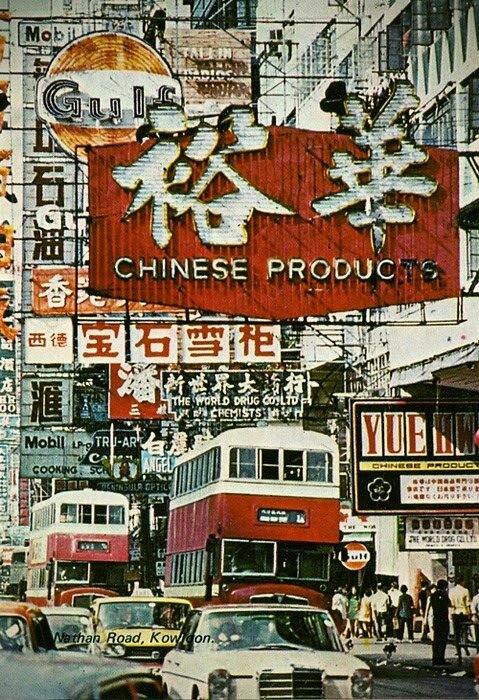Value vs. Number of Components
2 min reading
The Swiss made label dates back to the fifties, it does not talk about short routes or carbon footprint. It was and still is a label that must preserve the brand image and competitiveness of a lucrative industry.
What does it actually mean?
For a watch to be Swiss Made, at least 60% of its value must come from Switzerland. It needs to be assembled/controlled in Switzerland and have a Swiss movement. However in terms of the actual number of components rather than the value, the proportion is closer to 20%.
The majority of entry-level and middle range of watches which are labelled ‘Swiss made’ have in fact cases, dials, and bracelets which were manufactured in Asia.
A little history of the label
Originally, in the 1930s, Switzerland introduced its first regulation, the famous "statut horloger". It prevented any relocation!
But as early as the 1950s, powerful American and Japanese competition forced our authorities to liberalize. Departure for Hong Kong. The "Swiss-made" label was then born to protect the brand image of Swiss watchmaking. The idea was: we let the parts be produced abroad but we maintain the control and the assembly in Switzerland. This way, we are sure that the watches work well while remaining competitive! It worked so well that the quantity of "Swiss-made" brands gradually overflowed.
In the 2000s, the Watch Federation decided to rethink the label to clean up the competition. The goal: give more weight to brands that make the effort to produce in Switzerland.
In 2017, a new law of Swissness makes the criteria for being ‘Swiss made’ stricter. It stipulates that at least 60% of the production of a watch must be carried out in Switzerland. It requires that all engineering and prototyping is carried out in Switzerland.
Our watches will be
"Circular Swiss made".
“At ID Genève, we acknowledge the “Swiss made” but we can not be satisfied with this label.”



